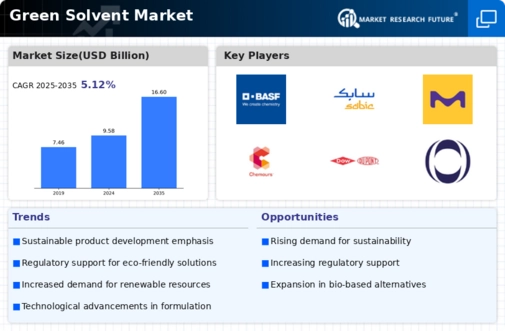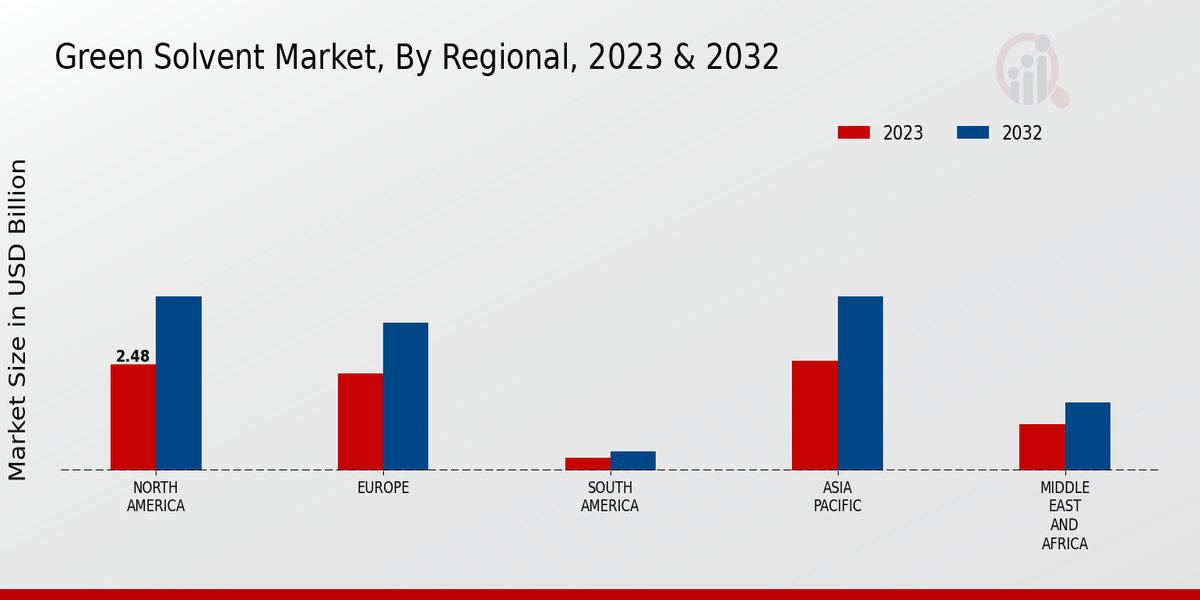Key Green Solvent Market companies are continuously working to develop innovative Green Solvent Market products and solutions to cater to the increasing demand for sustainable and environmentally compatible ones.
Prominent Green Solvent Market players are making focused efforts to expand their market footprint and product lines through strategic partnerships and acquisitions, propelling Green Solvent Market development.
Both big and small market participants are striving to differentiate their offerings from local competitors with innovative value propositions and advanced levels of product development in the Green Solvent Market.
Moreover, the ongoing Green Solvent Market consolidation spurs M activity that allows market participants to strengthen their product lines and obtain additional capabilities in terms of technology and market access.
In addition to this, Green Solvent Market companies remain focused on reducing the environmental impact of their products and implementing environmentally compatible production processes.
One of the key Green Solvent Market companies is Arkema, a multinational specialty chemicals and advanced materials company.
Arkema’s brand NEOCARBON™ covers its range of Green Solvent Market products, offering a broad variety of hydrocarbon-based solvents, oxygenated solvents, and specialty solvents.
The company is a leading co-player in various end-use industries, including paints and coatings, pharmaceuticals, cosmetics, and electronics.
Moreover, in line with the Green Solvent Market dynamics, Arkema has been focused on sustainable development, implementing eco-friendly production processes and measures to reduce the environmental impact of its products.
A key rival in the Green Solvent Market is BASF, the leader in the chemical industry. The company provides a range of solvents within the Green Solvent Market, offering a broad scope of solvents derived from renewable, plant-based sources.
Furthermore, BASF has been driving the Green Solvent Market transformation through its Green Solvent Network, which aims to develop and promote the use of sustainable and environmentally compatible solvents to decarbonize the industry.



 Source: Primary Research, Secondary Research, MRFR Database and Analyst Review
Source: Primary Research, Secondary Research, MRFR Database and Analyst Review













Leave a Comment